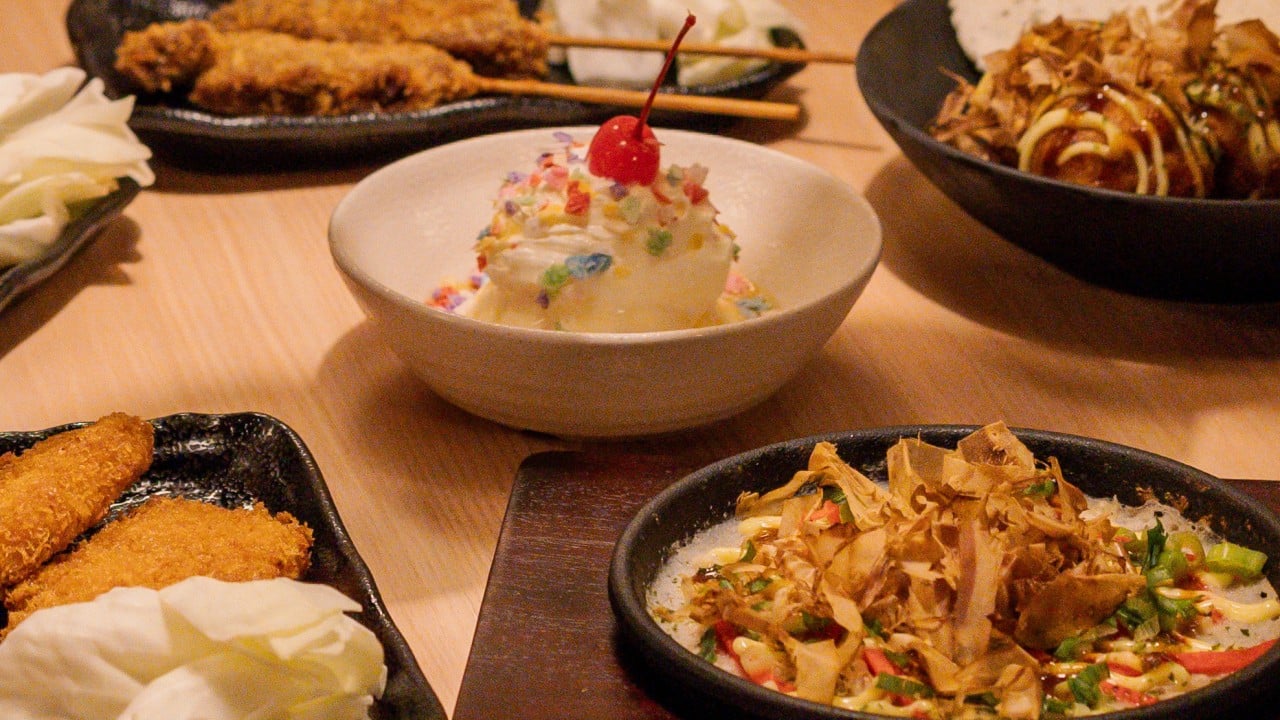Students, white-collar workers and families filled the tables during a recent dinner rush at a branch of Saizeriya – a Japanese-owned chain of Italian restaurants – in the southern Chinese city of Guangzhou.
Advertisement
In the same shopping district, a queue stretched outside a Sushiro conveyor belt sushi restaurant at 8pm. “We waited two hours for a seat, but it was worth it,” said one diner.
Such scenes present a contrast to China’s generally sluggish catering market, with analysts saying that budget Japanese restaurant chains such as Saizeriya, Sushiro and Torikizoku are thriving in a deflationary economic environment by exporting their recession-tested formula of low prices and standardised operations to provide an “affordable dignity” to customers in uncertain times.
“This combination of affordability and dignity perfectly fits consumers’ psychological needs during the ongoing economic downturn – they want to save money but also dine decently,” said David Wong, a management lecturer at Hang Seng University of Hong Kong and a long-time independent observer of China’s economic and social changes.
“Through central kitchens, meticulous Japanese-style supply chain management and standardised workflows, these brands achieve a balance between low-cost operations and high customer retention.”
Advertisement
Saizeriya’s latest menu offers black pepper beef tomato pasta for 14 yuan (US$1.97), stewed mussels for 22 yuan, and grilled chicken thighs for 19 yuan. The Torikizoku grilled chicken-skewer chain implements the same uniform pricing system it uses in Japan at its Shanghai stores, charging 18 yuan per dish or drink.

